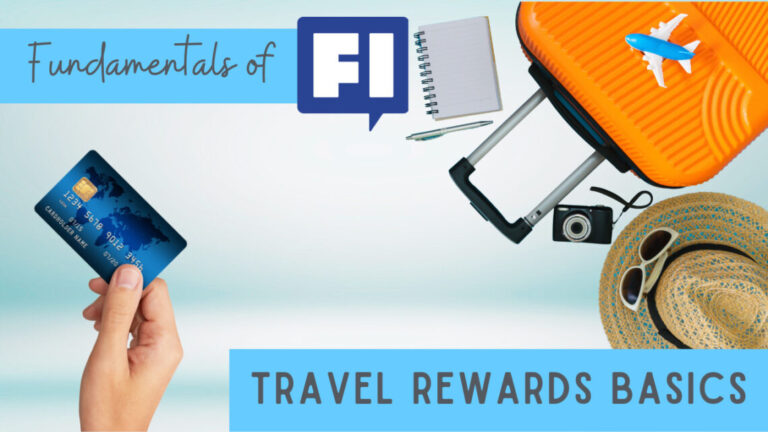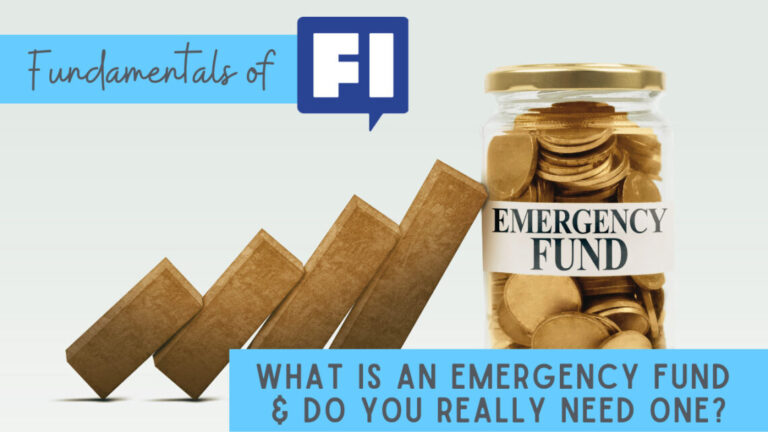In the world of savvy financial planning and smart spending, leveraging travel rewards points earned through credit card usage can be a game-changer. However, it’s crucial to approach this with caution, as credit card misuse can lead to serious financial repercussions.
The Pitfalls of Credit Card Mismanagement
For many, credit cards quickly become a trap. The illusion of ‘free money’ leads to excessive spending, accumulation of interest charges, late fees, and a significant impact on credit ratings. If you find yourself in this predicament, prioritize getting your finances in order before considering travel rewards.
The Strategy for Responsible Credit Card Users
On the flip side, for those who use credit cards responsibly — paying off balances on time and in full each month — there’s a substantial opportunity to reap rewards. Our family, for instance, has utilized credit cards for everyday expenses for over two decades, always ensuring timely and complete payments.
The Shift to Travel Rewards
Initially, we were content with the standard 1% cashback, amounting to a modest annual return. However, our discovery of the world of travel rewards opened new avenues. Unlike frequent travelers who accumulate points through extensive travel, we found credit card signup bonuses incredibly effective in amassing rewards points.
Here are our Top 10 Recommended Travel Rewards Cards (kept constantly updated)
The Mechanics of Signup Bonuses
Typical offers are common, like earning 50,000 miles for spending $3,000 in the first three months. This doesn’t necessitate excessive spending or carrying a balance; it merely means redirecting normal expenses through the card. Once the cumulative spending threshold is met, the bonus is triggered.
The Value of Travel Points
Estimating the value of travel points can be tricky, but a general rule is to value each mile at around 2 cents. This means 50,000 miles could equate to roughly $1,000. When strategically managed, such bonuses can effectively yield significant rebates on regular spending.
Maximizing the Benefit Over Time
The potential for savings escalates when considering the long-term strategy. With numerous high-quality travel rewards cards available, a couple could open multiple cards over several years, carefully managing their credit and maximizing reward potential.
Real-World Examples of Travel Rewards Success
Our family has reaped the benefits of this strategy. We managed a nearly free trip to Disney World, saving over $4,000 through meticulous planning and rewards utilization. Beyond that, we’ve enjoyed trips to Bermuda, Ireland, England, and Hawaii predominantly on points, showcasing this approach’s flexibility and savings potential.
The Bottom Line
This method isn’t just about free travel; it’s about adding flexibility and reducing costs significantly. It suits those on the financial independence (FI) path who handle credit responsibly. For more insights and resources on travel rewards, visit choosefi.com/travel.
This strategy proves that with long-term thinking and disciplined credit card use, luxurious travel experiences can be within reach without breaking the bank.
Video Transcript
We’re always looking for ways you can take your smart financial habits and turn that into a second level win, right? An additional win. And one of the easiest ways is using travel rewards points that you earn from your credit cards. So first a caveat is obviously millions and millions of people get in trouble with their credit cards, right? They spend too much when they have a card. It seems like free money. They rack up the interest charges and late fees, and hit their credit rating significantly, obviously if that’s you, credit cards are not going to be the financial tool you want to use right now, you want to get your house in order. You want to pay those off at, you know, 20, 25 percent interest rate that’s a house on fire situation. But for a lot of us who use our credit cards, every single month to just pay all of our normal life expenses, and we pay them off on time and in full every single month. Right, that’s the key is on time and in full every single month. Okay, our family for instance. We’ve used credit cards for the last 20 years and hit it off on time and in full every month we use and instead of cash or debit or a check, or whatever else, people might use to pay for things and it’s just easy, right? But we would normally get our let’s say 1% rewards and that might be cash back. So, at the end of the year, maybe we’d get a couple hundred bucks if we were lucky.
Well, then we found the world of travel rewards. Okay. So, this is you hear people talk about frequent flyer miles and hotel points. And a lot of people get those from traveling, right, people who are consultants and stay in hotels. A hundred nights a year and travel, the world that kind of thing. They get millions of points, but for the rest of us, one of the easiest ways to stockpile significant amounts of rewards points and miles is through credit card, signup bonuses, okay? So, you’ll see something like, sign up for this credit card and earn 50,000 miles when you spend $3,000 in the first three months. Okay, that’s a pretty standard sign-up offer. So, 50,000 miles, which is fantastic right for spending $3000 in the first three months. Okay. So that’s the minimum spend requirement. They call it, and basically that’s saying, alright. I’m going to put $1,000 on my normal expenses on this credit card, you know, those three months.
Once I hit that cumulative 3000, then I get that sign up bonus at the end of that statement. All right, so it doesn’t mean you have to spend three thousand and one month. It doesn’t mean you have to hold that $3,000 as a balance, right? You’re paying it off month one and month two whatever those whatever those statement credits are right. How much ever owe at each statement, but once you hit the cumulative amount, it triggers that bonus. Okay.
Now, we like to think you can probably get about 2 cents per mile. Okay, it’s a very, very rough rule of thumb and it’s not always true. But let’s say in the background, will say, two cents per mile. So, I think you should be able to turn 50 thousand miles into about a thousand dollars. Right? So, 50,000 times point zero two is a thousand bucks. And I mean, that’s amazing, right? That’s from $3,000 of your normal spending. You can get $1,000. I mean, that winds up being like a thousand dollar rebate a three percent rebate on $3000 that you spent. So, it’s amazing when you’re able to put a few of those bonuses together and what you can really get. I mean you could theoretically put an entire year’s worth of spending on new cards and get a 20 to 40 percent rebate or discount. However, you want to look at it on all of your life spending in that can really be transformative and the cool thing. If you have let’s say
2 Adults, spouses, whatever in the in the household. Each of you can open every single one of these credit cards. So, there are probably 20 credit cards that we would say our Elite level, travel rewards cards. And if each of you can open those cards, you’re talking, potentially 40 cards to get these signup bonuses from now. Obviously, I’m not advocating opening them all at once or doing anything crazy like that. I’m just saying, okay, over the next five to ten years there were all of these cards and they’re constantly, the credit card companies are constantly coming out with new offers new cards, new card types, all these things, so that just adds to that universe. So now of course, the credit card companies are smart and they limit the amount of cards that you can open Chase Bank, especially does this. But with a very responsible and level-headed strategy over many years, you can like I said, you can get a significant.
Significant amount of money back instead of just that one percent or maybe one and a half or two percent that all of us are used to getting in terms of cash back. So, you can see why this is such a big potential upside and we have a significant amount of resources on travel rewards. If you go to choosefi.com/travel and that will take you to our main page. We have a bunch of podcasts on this. We have a travel course we list our favorite credit cards. So, I mean, that’s kind of all the background, but the cool thing is, you can travel for nearly free doing this again with your just responsible credit card habits. So, my family, we took our family for down to Disney World and I think we paid about a hundred to a hundred and fifty dollars out of pocket for the hotel of flights and the park tickets and now that didn’t happen overnight. Right? Like this was a year to a year and a half of planning. We save more than four thousand dollars just by being smart.
And thinking long term, which is another one of the FI fundamentals. It’s can you think long-term or do you just need immediate gratification? If you need immediate gratification, you’re going to spend four to five thousand dollars. If you can think long-term and plan ahead, you can do it for pennies and my wife, and I have taken a trip stayed in a beautiful suite at the Fairmont in Bermuda. We’ve been to Ireland and England and Hawaii all on points predominantly.
And that’s the cool thing is, there’s flexibility. You can do part of your trip on points. If you’re going to take a trip to Hawaii anyway, and you can get the rental car for free or the flights, but you’re still going to pay for your Airbnb then. Okay, so be it, you still save money. That’s the cool thing about this. It’s not a zero or one, it’s not free or paying full amount. It’s, you can add any amount of flexibility into it. So, it’s really a very significant strategy for people on the FI path who are responsible with their credit cards. So again, choosefi.com/travel



